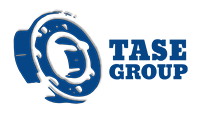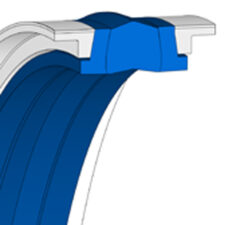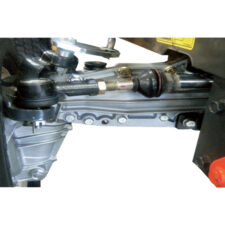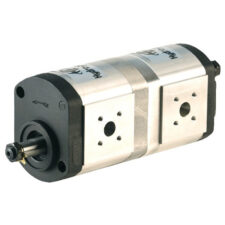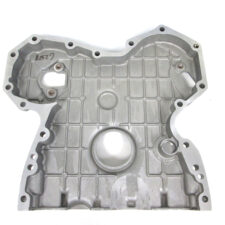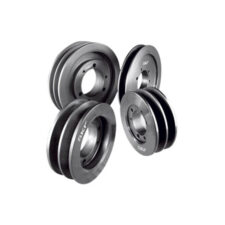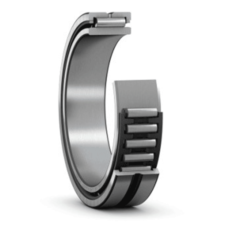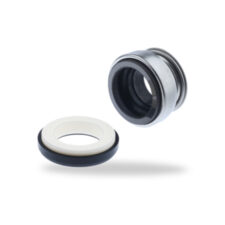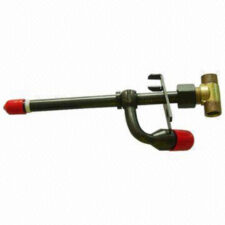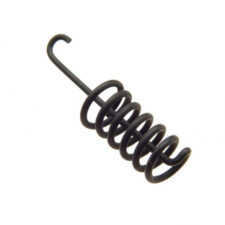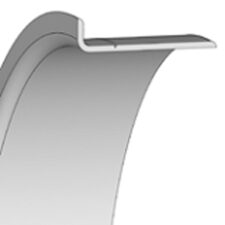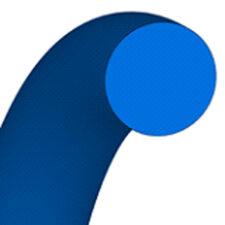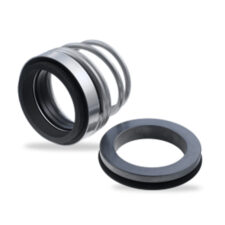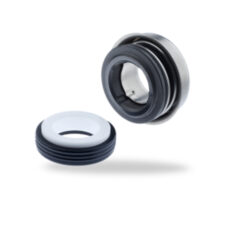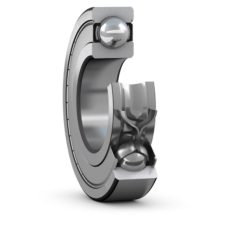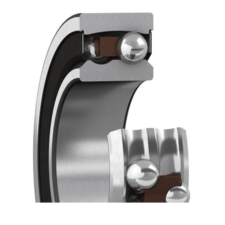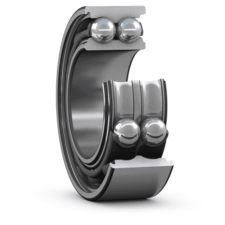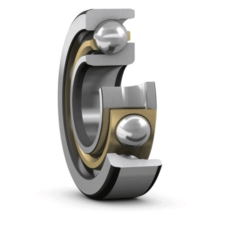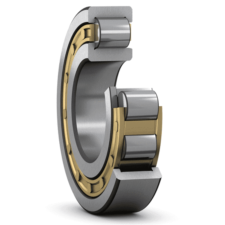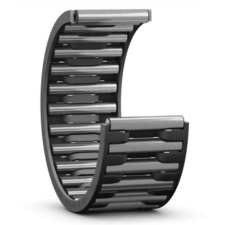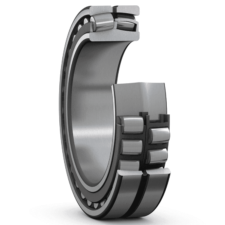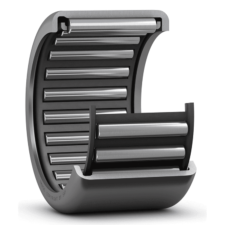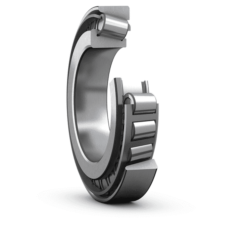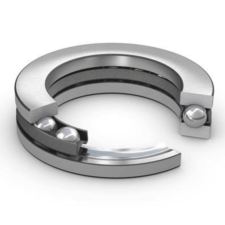Using the WSH R to repair the shaft ensures that complete functionality is restored quickly and lastingly. The shaft repair sleeve is used as a counter surface to the rotary shaft seal in the tribological rotation seal system, i.e. in addition to the rotary shaft seal and the lubricant used, the WSH R is the third important component.
O-Rings are endless round sealing rings of circular cross section. They are mainly used to seal stationary machine components – static case – against fluid and gaseous media. In certain conditions, they can also be used as a dynamic sealing component for axial, rotating and oscillating movement.
Features
- For plain shafts
- Single and dual seal
- Elastomer bellows rotating
- Balanced
- Independent of direction of rotation
- No torsion on bellows and spring
- Conical or cylindrical spring
- Metric and inch sizes available
- Special seat dimensions available
- US Patent No. 6.220.601
Operating range
Shaft diameter:
d1 = 10 … 100 mm (0.375″ … 4″)
Pressure: p1 = 12 bar (174 PSI),
vacuum up to 0.5 bar (7.25 PSI),
up to 1 bar (14.5 PSI) with seat locking
Temperature:
t = -20 °C … +140 °C (-4 °F … +284 °F)
Sliding velocity: vg = 10 m/s (33 ft/s)
Axial movement: ±0.5 mm
Features
- Rubber bellows mechanical seal
- Unbalanced
- Single spring
- Independent of direction of rotation
- Stationary design
Operating range
Shaft diameter: d1 = 6 … 70 mm (0.24″ … 2.76″)
Pressure: p1* = 6 bar (87 PSI),
vacuum … 0.5 bar (7.45 PSI) up to 1 bar (14.5 PSI) with seat locking
Temperature:
t* = -20 °C … +120 °C (-4 °F … +248 °F)
Sliding velocity: vg = 10 m/s (33 ft/s)
Features
- Rubber bellows mechanical seal
- Unbalanced
- Single spring
- Independent of direction of rotation
- Stationary design
Operating range
Shaft diameter: d1 = 1/2″, 5/8″, 3/4″
Pressure: p1* = 4 bar (58 PSI)
Temperature:
t* = -20 °C … +90 °C (-4 °F … +194 °F)
Sliding velocity: vg = 10 m/s (33 ft/s)
Deep groove ball bearings are the most widely used bearing type and are particularly versatile. They have low friction and are optimized for low noise and low vibration which enables high rotational speeds. They accommodate radial and axial loads in both directions, are easy to mount, and require less maintenance than other bearing types.
Self-aligning ball bearings have two rows of balls, a common sphered raceway in the outer ring and two deep uninterrupted raceway grooves in the inner ring. They are available open or sealed. The bearings are insensitive to angular misalignment of the shaft relative to the housing , which can be caused, for example, by shaft deflection.
The design of double row angular contact ball bearings corresponds to two single row angular contact ball bearings arranged back-to-back.
SKF single row angular contact ball bearings can accommodate axial loads in one direction only. This type of bearing is typically adjusted against a second bearing. Their bearing rings have an upper and a lower shoulder and are non-separable.
Single row cylindrical roller bearings are available in many designs, series and sizes.
Cylindrical roller bearings are characterized by high radial-, and moderate thrust-load capacities. They contain cylindrically-shaped roller, they are crowned or end-relieved to reduce stress concentrations.
SKF needle roller and cage assemblies are self-contained, ready-to-mount bearings. In applications where the shaft and housing bore can serve as raceways, the assemblies can be used to create bearing arrangements that require minimal radial space.
Needle roller bearings with machined rings are made of carbon chromium bearing steel. We supplies these bearings with or without flanges on the outer ring, in a wide range of series and sizes. We also supplies them with or without an inner ring.
Drawn cup needle roller bearings have a deep drawn, thin-walled outer ring. Drawn cup needle roller bearings are typically used in applications where the housing bore cannot be used as a raceway for a needle roller and cage assembly, but where a very compact and economical bearing arrangement is required. These bearings are mounted with a tight interference fit in the housing. That enables a simple and economic design of the housing bore, as shoulders or snap rings are not required to locate the bearing axially.
Single row tapered roller bearings are designed to accommodate combined loads, i.e. simultaneously acting radial and axial loads. The axial load carrying capacity of tapered roller bearings increases with increasing contact angle α. The size of the contact angle, which is usually between 10° and 30°, is related to the calculation factor e (from the product table): the larger the value of e, the larger the contact angle.
